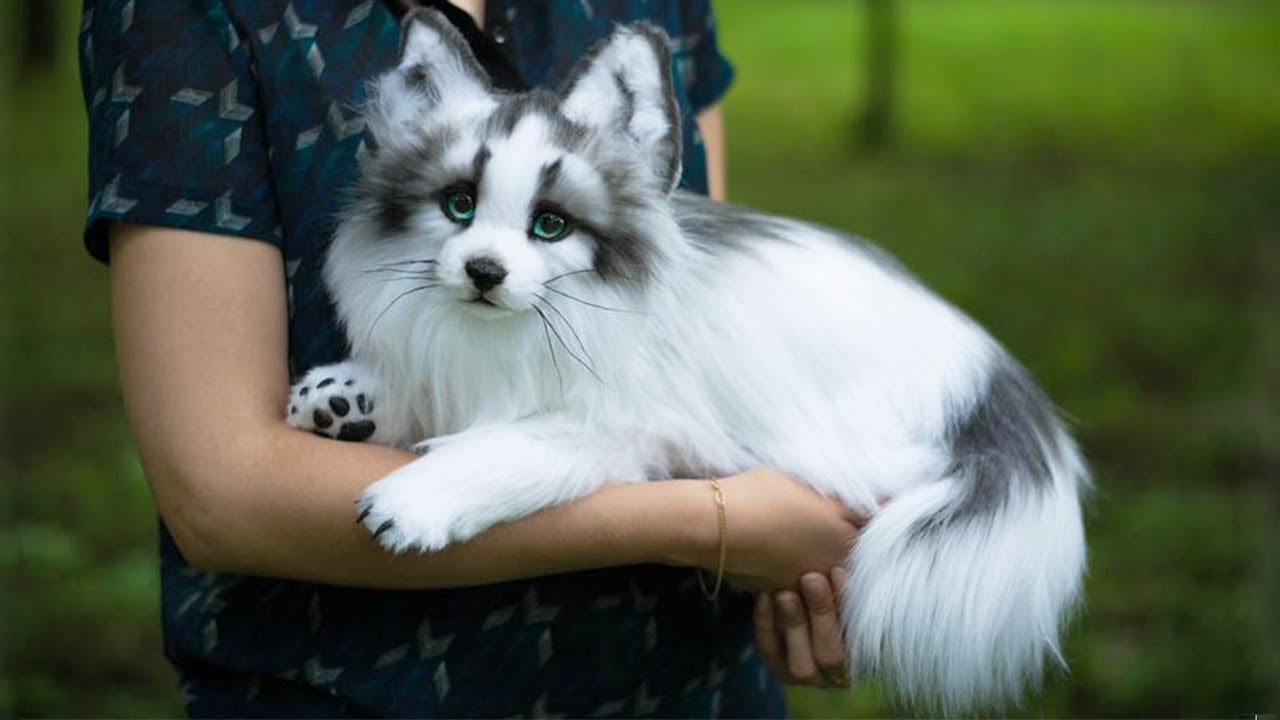Entertainment
The Canadian Marble Fox: Everything You Need to Know

- /home/busideid/businesslifenow.com/wp-content/plugins/mvp-social-buttons/mvp-social-buttons.php on line 27
https://businesslifenow.com/wp-content/uploads/2023/09/canadianmarblefoxdanspetcare-1000x600.jpg&description=The Canadian Marble Fox: Everything You Need to Know', 'pinterestShare', 'width=750,height=350'); return false;" title="Pin This Post">
- Share
- Tweet /home/busideid/businesslifenow.com/wp-content/plugins/mvp-social-buttons/mvp-social-buttons.php on line 72
https://businesslifenow.com/wp-content/uploads/2023/09/canadianmarblefoxdanspetcare-1000x600.jpg&description=The Canadian Marble Fox: Everything You Need to Know', 'pinterestShare', 'width=750,height=350'); return false;" title="Pin This Post">
Introduction
The Canadian Marble Fox, known for its stunning coat and elegant appearance, is a remarkable creature found primarily in the northern parts of Canada. Its distinct marbled fur patterns and captivating demeanor have made it highly sought after. In this article, we will delve into the fascinating world of the Canadian Marble Fox and uncover everything you need to know about this mesmerizing animal.
1. Background
The Canadian Marble Fox, also scientifically known as Vulpes vulpes, belongs to the Canidae family. It is a beautiful variation of the Red Fox, characterized by its unique combination of white, gray, and black fur that forms beautiful marble-like patterns. Native to the remote wilderness of Canada, specifically in regions with colder climates, these foxes have adapted to survive in harsh environmental conditions.
2. Physical Features
The Canadian Marble Fox boasts distinctive physical features that set it apart from other fox species. They possess a long and bushy tail, which aids in balance and warmth during freezing temperatures. Their almond-shaped eyes exhibit shades of brown, amber, or blue. Their fur, the most alluring aspect of their appearance, blends colors seamlessly, creating an ethereal marble-like effect that truly mesmerizes anyone who has the privilege to encounter one.
2.1 Size and Weight
- Male Marble Foxes typically weigh between 8 and 12 pounds, while females are slightly lighter at 6 to 10 pounds.
- They measure around 18 to 25 inches in body length and have an additional 12 to 15 inches for their tail.
3. Habitat
Marble Foxes are native to the boreal forests of Canada, particularly in provinces such as Ontario, Quebec, and Manitoba. They have adapted to thrive in the cold climate by developing thick fur and extra layers of insulating fat. These elusive creatures make their dens in hollow logs, tree stumps, or abandoned burrows, providing them safety and warmth during harsh winter months.
4. Behavior and Diet
Marble Foxes are solitary animals and highly territorial. They mark their territories using scent glands located on their paws and emit vocalizations like barks, chirps, and screams. Their diet primarily consists of small mammals, birds, fish, and occasionally fruits and berries. They are agile hunters and their exceptional hearing and keen sense of smell help them locate prey in their snowy habitat.
4.1 Communication
These foxes communicate using various methods such as vocalizations, scent marking, and body language. For example, they use vocal calls to announce their presence or warn off intruders. Tail and ear movements are also crucial in conveying their intentions or moods.
5. Reproduction
Marble Foxes typically breed between December and April, with a gestation period of around 50 to 52 days. The average litter size ranges from 1 to 10 kits. Both the male and female take part in raising the young foxes until they are old enough to fend for themselves. The kits learn essential hunting and survival skills from their parents, ensuring their successful adaptation to their environment.
Conclusion
The Canadian Marble Fox is a captivating creature that has captured the hearts of many wildlife enthusiasts around the world. With its striking marbled coat, graceful movements, and ability to brave harsh conditions, it continues to amaze anyone fortunate enough to encounter it in its natural habitat. Preserving and protecting the environment in which these foxes thrive is essential to ensure future generations can also appreciate these incredible beings and their mesmerizing presence.














